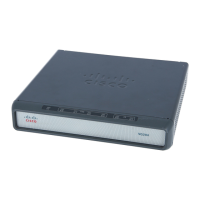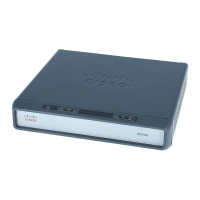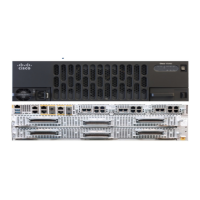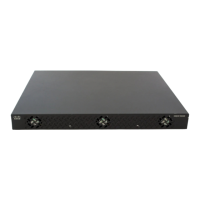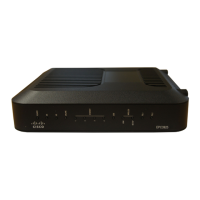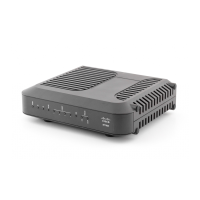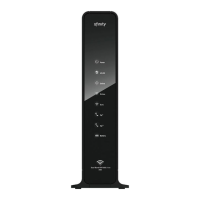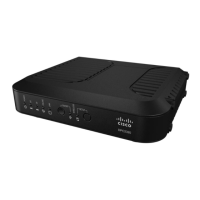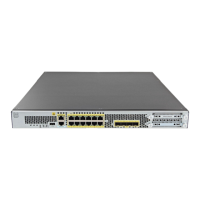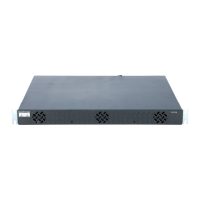Configuring ISG Policies for Regulating Network Access
How to Configure ISG Policies for Regulating Network Access
4
SUMMARY STEPS
1. enable
2. configure terminal
3. policy-map type service policy-map-name
4. [priority] class type traffic class-map-name
5. police input committed-rate normal-burst excess-burst
6. police output committed-rate normal-burst excess-burst
DETAILED STEPS
What to Do Next
You may want to configure a method of activating the service policy map; for example, control policies
can be used to activate services. For more information about methods of service activation, see the
module “Configuring ISG Subscriber Services.”
Command or Action Purpose
Step 1
enable
Example:
Router> enable
Enables privileged EXEC mode.
• Enter your password if prompted.
Step 2
configure terminal
Example:
Router# configure terminal
Enters global configuration mode.
Step 3
policy-map type service policy-map-name
Example:
Router(config)# policy-map type service
service1
Creates or modifies a service policy map, which is used to
define an ISG service.
Step 4
[priority] class type traffic class-map-name
Example:
Router(config-service-policymap)# class type
traffic silver
Associates a previously configured traffic class with the
policy map.
Step 5
police input committed-rate normal-burst
excess-burst
Example:
Router(config-service-policymap-class-traffic)#
police input 20000 30000 60000
Configures ISG policing of upstream traffic.
• These parameters will be used to limit traffic flowing
from the subscriber toward the network.
Step 6
police output committed-rate normal-burst
excess-burst
Example:
Router(config-service-policymap-class-traffic)#
police output 21000 31500 63000
Configures ISG policing of downstream traffic.
• These parameters will be used to limit the traffic
flowing from the network toward the subscriber.

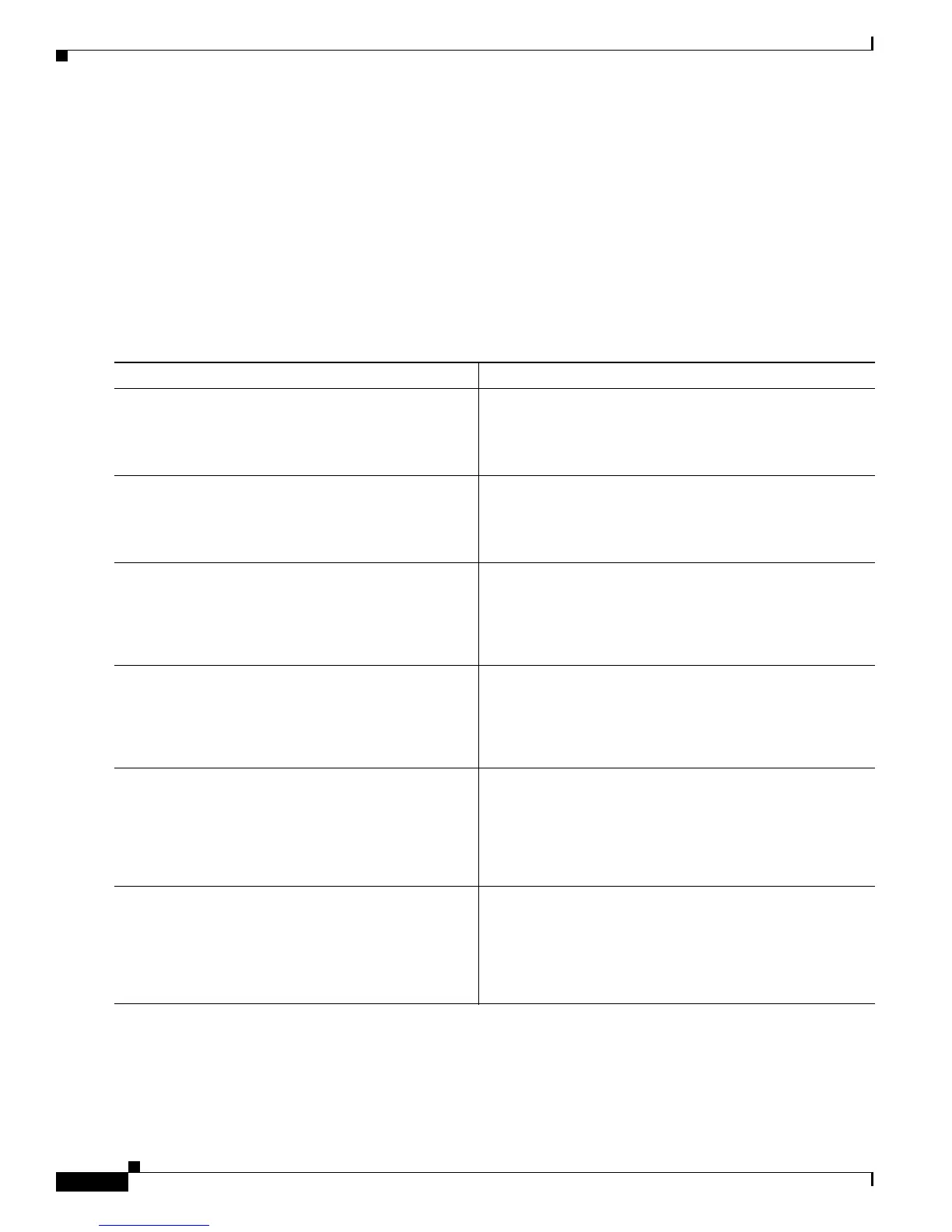